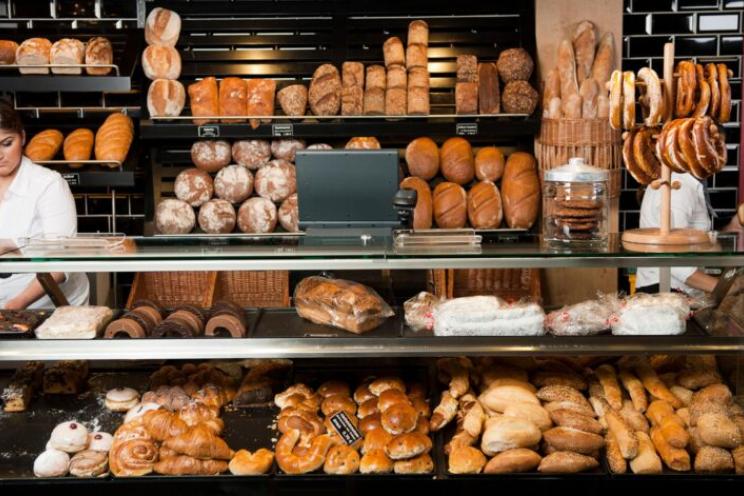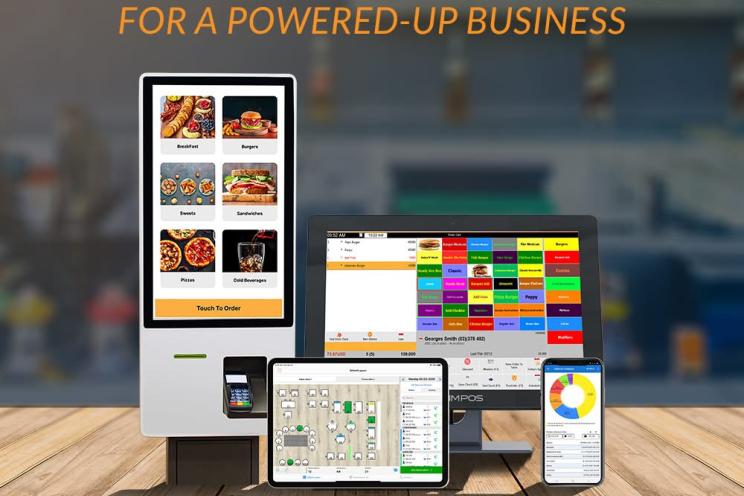
What are the elements of a successful restaurant business plan?
The world is emerging from the challenges of the past years, starting a restaurant requires careful planning and execution to succeed in 2023. However, with competition fiercer than ever, aspiring restaurant owners must have a clear roadmap for success.
A well-crafted business plan is the backbone of any restaurant venture, outlining objectives, and offering solutions to potential challenges.
Although the business plan is an internal document, it has to be well structured understandably, and logically because any business proposal to investors and bank authorities will be generated from this plan.
What are the key elements to consider when writing a comprehensive restaurant business plan in 2023?
Executive Summary of the restaurant
The executive summary serves as the introduction to your restaurant business plan. In this section, concisely describe your restaurant concept, target market, unique selling proposition (USP), and financial projections.
It’s advisable to mention future business goals as well.
Since this section is a snapshot of your entire plan, make it short and appealing, and don’t include unnecessary details in it because it’s the first document investors will look at. Stakeholders often base their interest in your business based on this section, so it must be engaging and compelling.
Concept, vision, and Market Analysis
In 2023, the restaurant industry has evolved to cater to changing consumer preferences, including a focus on health-conscious, sustainable, overall ambiance, and experiential dining. Clearly articulate your restaurant's concept, whether it's a fine dining establishment, a fast-casual joint, or a themed eatery.
Conduct a thorough market analysis to identify your target audience, their preferences, local food trends, and your competitors to comprehend their strengths and weaknesses. Identify your primary and secondary target markets, exploring their demographics, and spending habits.
Explain your vision for the restaurant and highlight the gaps in the market that your restaurant will fill, giving it a competitive edge and setting you apart.
Menu Development
Your restaurant's menu and beverage program should be a focal point of your business plan since consumers are seeking unique and diverse culinary experiences. Embrace trends like plant-based options, global flavors, and locally sourced ingredients. Develop a well-crafted menu that aligns with your restaurant's concept.
Outline your suppliers and any exclusive partnerships that enhance the quality of your offerings. Ensure your menu and beverage program align with your target audience's preferences and price points.
Management and Staffing
Investors want to know that your restaurant will be run efficiently. Present a clear organizational chart showcasing the key management roles and their responsibilities. Highlight the qualifications and experience of each member of the management team.
Discuss your recruitment and training strategies for both front-of-house and back-of-house staff, emphasizing their importance in delivering a seamless dining experience.
Why do you need to focus on your management and team?
Because stakeholders know that a diverse and skilled management team is essential for handling challenges and ensuring smooth operations so understanding your recruitment processes clarifies the application of all the goals in the business plan.
Marketing, Branding, and Sales Strategies
Marketing and specifically digital marketing is crucial for any business's success. You need a solid online presence and effective marketing strategies for reaching your target audience and attracting and retaining customers.
For this purpose, use social media, influencer partnerships, and email marketing. Consider loyalty programs and collaborations with food delivery services to expand your customer base.
Develop a brand identity that resonates with your target audience and reflects your restaurant's concept.
Location and Design
Consider factors like foot traffic, visibility, and proximity to your target audience when choosing your location. Showcase your location analysis and any permits or agreements required to secure the site.
Additionally, describe the interior design and ambiance of your restaurant, ensuring it complements your concept and enhances the dining experience.
The floor plan will significantly impact your sales and productivity. A poor kitchen layout affects your kitchen staff performance and delays orders.
Similarly, the floor plan dictates the number of tables and hence waiting times for customers awaiting seating.
Operational Plan
This section details the day-to-day operations of your restaurant. Include information about the location, facility layout, staffing requirements, and supply chain management.
It became crucial to integrate technology for online reservations, order processing, and inventory management that streamlines operations and enhances customer satisfaction.
Financial Projections
The financial projections section is the backbone of your business plan. Present realistic financial projections for the next three to five years, including revenue forecasts, expense estimates, start-up costs, and profitability expectations.
Use realistic data and assumptions to create accurate projections. Highlight your break-even point and the timeline for achieving it.
Investors will scrutinize this section to gauge the viability of your restaurant business in the competitive climate of 2023.
Writing a restaurant business plan in 2023 demands meticulous research, innovation, and a deep understanding of the market and customer preferences. A well-crafted plan can be the difference between a thriving and growing restaurant and a failed venture. Most importantly resort to technology to process your operations seamlessly.





